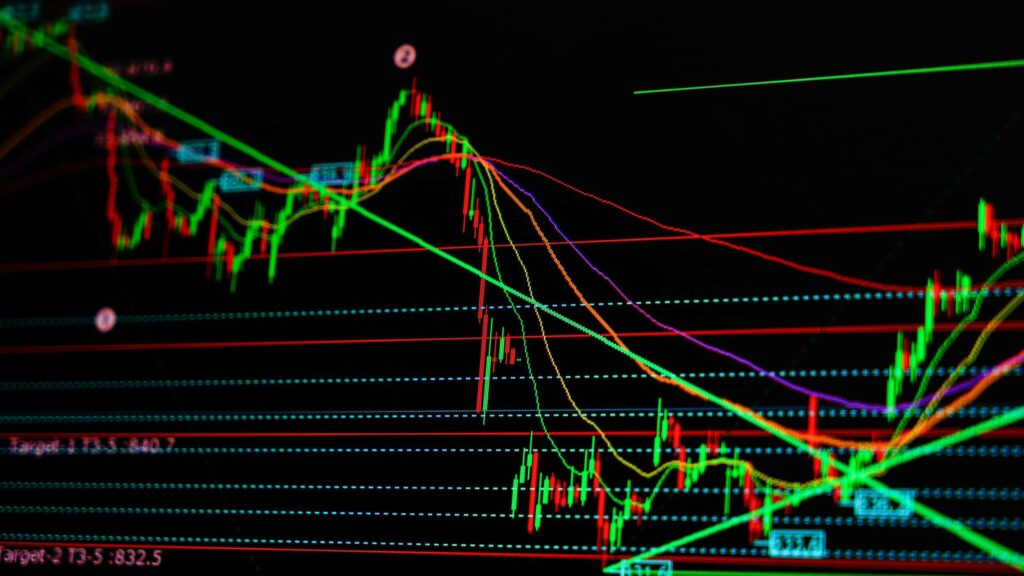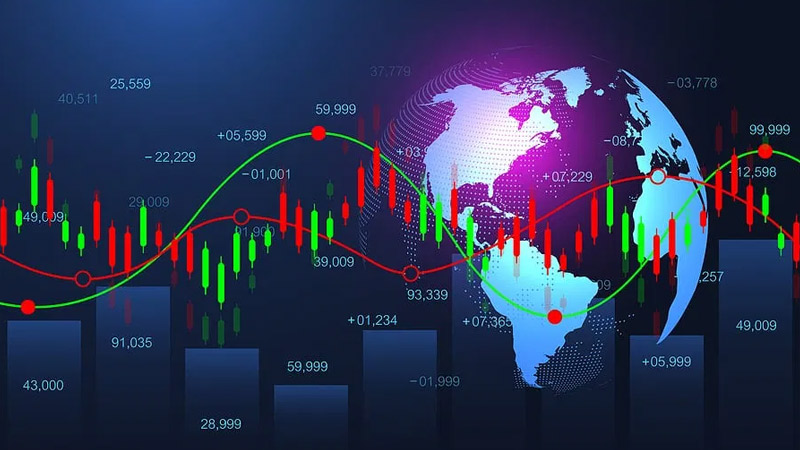The financial markets offer many opportunities for traders to make profits, however, the success of any trade depends largely on the ability to accurately predict the direction of the market. According to a 2019 study, approximately 50% of all trades in the financial markets end in losses.
Mastering the art of long and short trading is an essential component of achieving success in the financial markets. This guide provides an overview of the strategies and techniques needed to make profits in the financial markets through long and short trading. It covers topics such as risk factors, currency trading, and risk management.
By following the advice of this guide, traders can gain a better understanding of the art of long and short trading and increase their chances of making profits in the financial markets.
Key Takeaways
- Going long means buying assets in the financial markets, while going short means selling assets
- Traders go long when they expect the price of an asset to rise, and go short when they expect the price to fall
- Profits are made by buying low and selling high, while losses occur when buying low and selling even lower, or selling high and buying even higher
- Long and short trading in forex involves simultaneously going long on one currency and short on another
Risk Factors
Trading leveraged products such as forex and CFDs involves a high level of risk, and the true extent of exposure to the risk of loss should be fully understood before engaging in such activities. Leverage utilization should be carefully assessed in order to manage the risk of losses.
Volatility should also be taken into consideration, as it can significantly affect the outcome of a trade. It is important to understand the implications of leverage utilization and volatility assessment in order to make informed trading decisions.
Proper risk management is essential to maximize profits and minimize losses. Risk factors should be monitored regularly to ensure that profits are maximized and losses are minimized.
Furthermore, traders should not risk more than they can afford to lose. Seeking independent financial advice is also recommended if the risks are unclear.
Currency Trading
Capitalizing on price movements of various currencies provides an opportunity for investors to gain returns.
Currency trading, or Forex, is a type of short- and long-term investment which involves buying and selling currency pairs. Currency pairs to watch in long and short trading include the USD/JPY, EUR/USD, and GBP/USD.
For successful currency trading, traders should:
- Create a strategy
- Use a risk management system when trading with leverage
- Be aware of how political and economic events can affect currency exchange rates
- Have an understanding of technical analysis, which involves the study of price and volume data, to help them make decisions about market movements
Traders should also be aware of the risks and rewards associated with both long and short positions.
By understanding the basics of currency trading and having a well-crafted strategy in place, traders can benefit from the financial markets.
Risk Management
Risk management is an essential component for investors to be aware of when engaging in currency trading. Knowing the importance of stop loss orders, as well as other risk management strategies, can help protect traders from excessive losses. It is important to understand the underlying risks when trading leveraged products such as forex and CFDs. To reduce risk, investors should not risk more than they can afford to lose and should seek advice from independent financial advisors. Leveraged trading also carries the risk of losses beyond the initial investment.
Adequate risk management strategies, including stop loss orders, can help limit potential losses if the market moves against a trader’s expectations. It is also important to recognize the potential of large gains or losses based on the leverage of the position. Risk management tools can also help traders assess the risk of specific trades and manage their portfolio accordingly.
In conclusion, risk management is an important aspect of successful currency trading and should not be overlooked when investing.
Frequently Asked Questions
What strategies should I use for long and short trading?
The art of long and short trading requires a strategic approach, focusing on key levels and market sentiment. Traders should assess the market sentiment and identify key levels that will help them determine when to enter and exit trades.
It is important to be aware of the risk levels associated with each trade, and to have a plan in place to limit losses. Analysis of the market and an understanding of the different strategies to employ are essential for successful trading.
Taking a disciplined approach to trading with the freedom to choose the best strategies is key to maximising profits.
How does leverage affect my trading?
Leverage in trading can be a powerful tool, but it also carries high risks. Leverage allows traders to open positions larger than their capital, which can lead to higher returns when the trade goes in their favor.
However, when trading with leverage, it is important to understand the margin requirements and the associated risks. Margin requirements are the amount of collateral that must be provided to the broker in order to open a leveraged position.
Risk management is key when trading with leverage, as losses can be amplified and may exceed the initial capital invested. It is essential to be aware of the possible risks and to use risk management strategies to ensure a profitable outcome.
What are the most important indicators to consider when trading?
Ninety-five percent of traders fail to make a consistent profit in the markets. When trading, it is important to consider both technical and fundamental analysis.
Technical analysis involves analyzing the price action of a security to determine its future direction, while fundamental analysis involves studying economic factors such as economic growth, inflation, and interest rates.
Traders should also consider the use of indicators, such as moving averages or oscillators, to help identify trends, support and resistance, and entry and exit points.
Additionally, traders should be aware of the risks involved in trading and take steps to manage them appropriately.
How can I minimize my risk when trading?
Risk management is essential for successful trading. Stop loss strategies are an important part of risk management, allowing traders to limit their potential losses. A stop loss order is an instruction given to a broker to close a position when it reaches a certain price level. This helps to mitigate the risk of a large loss.
Other strategies such as diversification, position sizing, and hedging can also be used to reduce risk.
To minimize risk, it is important to understand the markets and to develop a trading plan that focuses on managing risk.
What is the best way to analyze a currency pair before trading?
The best way to analyze a currency pair before trading is to diversify risk and study trends.
This involves examining historical data, understanding market conditions, and monitoring economic news. By studying the pair’s performance over different time frames, traders can gain an understanding of its behavior and make informed decisions.
It is important to identify potential entry and exit points, identify support and resistance levels, and gain an understanding of the risk/reward ratio. Additionally, traders should consider the impact of political and economic news on the pair’s movements.
By using these strategies, traders can increase their chances of success.
Conclusion
The ability to successfully long and short trade in the financial markets requires a robust understanding of risk factors, currency trading, and risk management.
To be successful, traders must understand how to calculate potential profits and losses, the volatility and liquidity of the markets, and the timing of trades.
Additionally, traders must have the discipline to adhere to their trading strategy and risk management plan.
By mastering these key elements of long and short trading, traders can increase their chances of profiting in the financial markets.











